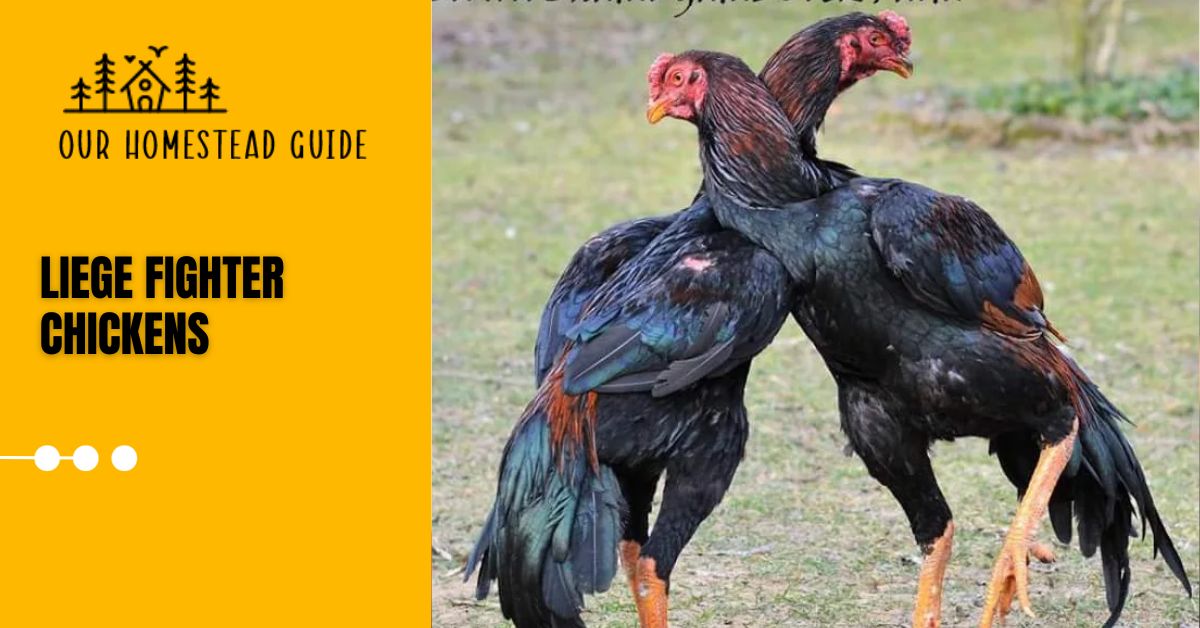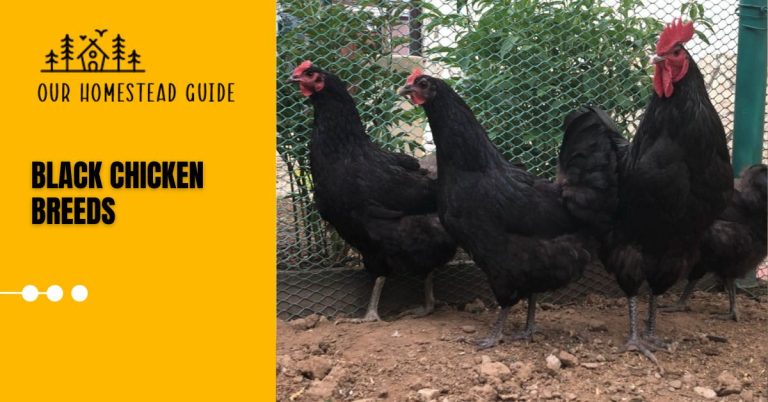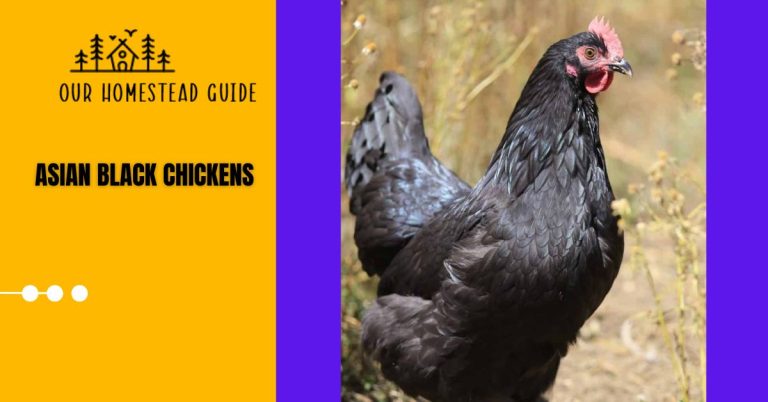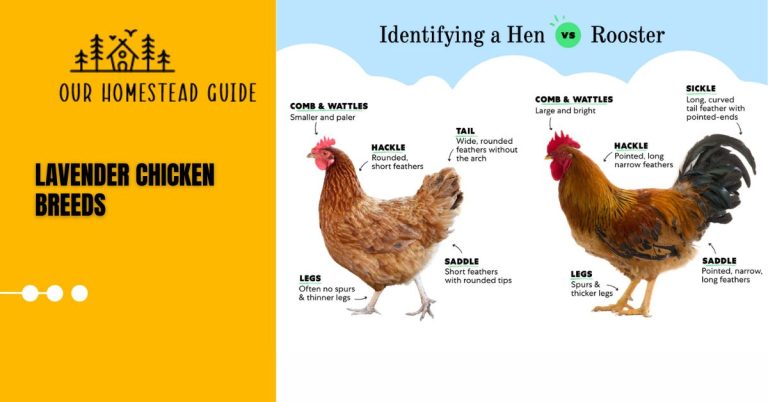Liege Fighter Eggs: Breeds, Temperament, Size and Raising Tips
Liege Fighter Eggs is One of the last remaining Belgian breeds is the Liege Fighter. This bird lives up to its moniker. It is a warrior. The Liege Fighter may provide the needed modern-day knightly intervention for your coop. Predators are hesitant to enter its domain because of its size and intimidating nature.
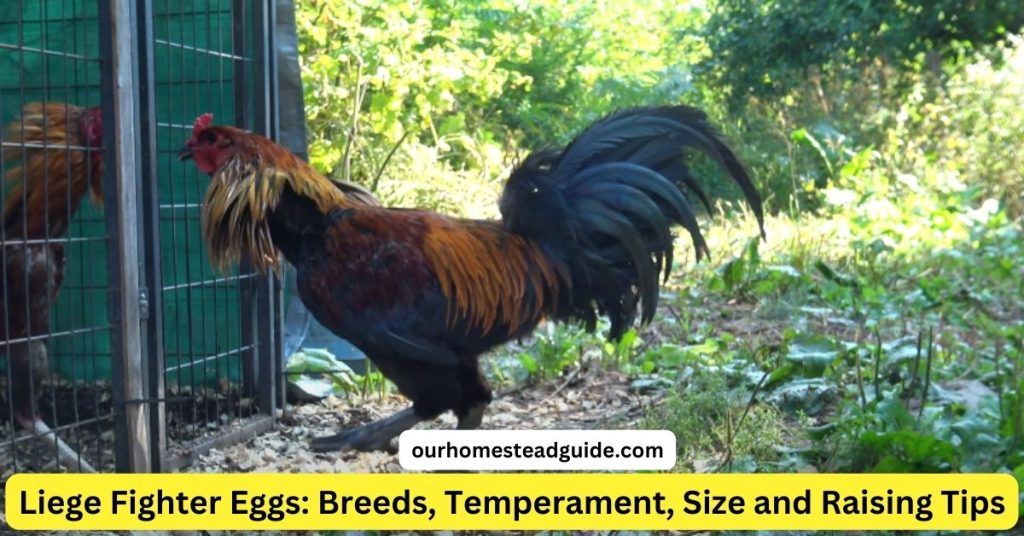
Its enemies appear to be well aware that this fowl exhibition poses a threat and is not just for show. The Liege Fighter is not one to surrender easily. Predators should get ready for battle if they dare to disturb the tranquility of the Liege Fighter Chicken’s territory.
Liege Fighter Eggs
| Aspect | Details |
|---|---|
| Background | Provide a warm and secure environment, and access to appropriate feed and water. |
| Development | Developed in Eastern Belgium by crossing Bruges game with large Asiatic breeds. |
| Characteristics – Roosters | – Height: >30 inches – Weight: Up to 12 lbs – Muscle-weighted – Large feet – Fierce gaze |
| Characteristics – Feathers | Black, gray, or splash in color |
| Disposition | Liege Fighters are Belgian game fowl known for their fierce appearance and friendly nature. |
| Characteristics – Hens | – Weight: 8-9 lbs – Maturity: Around 8 months – Egg Production: 3-4 eggs/week, 150/year |
| Characteristics – Chicks | Adorable and large, hatching in black, gray, or splash colors. |
| Flock Protection | Excellent protectors, especially when a rooster is on patrol. |
| Breeding and Egg Collection | – Provide nesting spaces – Ensure hens have a balanced diet – Collect eggs regularly |
| Incubation of Eggs | – Collect eggs and store in a cool place – Follow standard incubation procedures |
| Caring for Chicks | Provide a warm and secure environment, access to appropriate feed and water. |
| Farm Recommendation | Video recommends adding Liege Fighters to your flock, highlighting their friendly nature. |
| Conclusion | Express gratitude to viewers and encourage them to stay tuned for more farm-related content. |
Breed History
Originating in Western Europe, the Liege Fighter, also known as the Luikse Vechter, is a kind of game bird found in Belgium. This unique breed of game fowl was eventually created by selective breeding of Asian and Belgian birds.
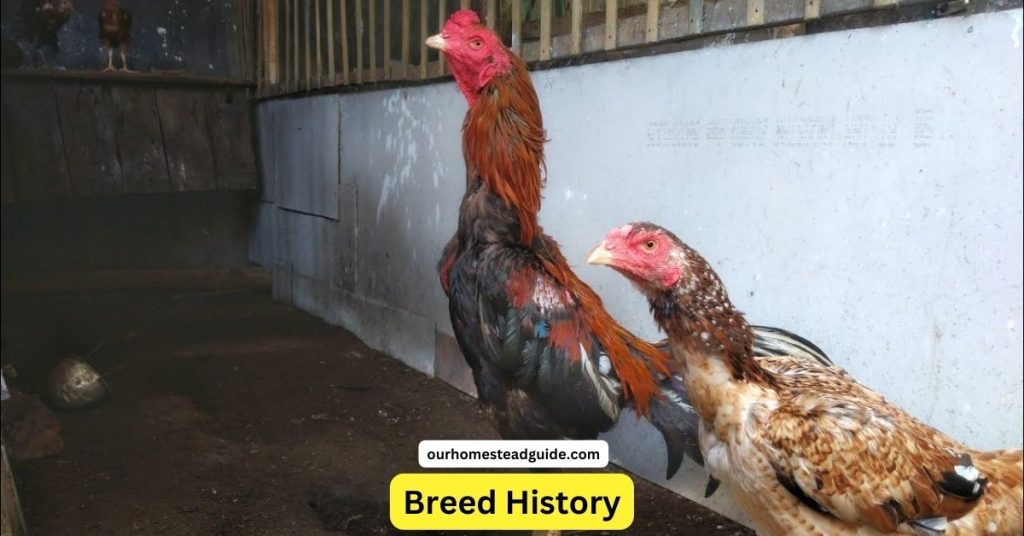
There is also conjecture that the Malay and Aseel were used to fortify the Liege during its formative years. Despite their ancestry as fighters and dominators in the cockfighting ring, they were also prized for their meaty sustenance when necessary. There are now just three Belgian game birds left: the Tirlemont, the Bruges, and the others.
Liege Fighter Chicken Reproductive System

Liege Fighter
Average price: $125
Liege Fighters are among the largest breeds of chickens, having once been employed in cockfighting. Roosters are 2.5 feet tall and weigh roughly 12 pounds. These hens are friendly to people and lay a respectable number of eggs, despite their scary moniker and background. They can thus be utilized for meat or eggs.
Typically, a Liege Fighter will set you back between $100 and $150. Chicks may cost anything from $50 to $100. Even though hatching eggs are uncommon, a dozen of them may cost you about $120.
United States Liege vs. Belgium Liege
There appears to be some misunderstanding in the analogy. In the United States, “Liege” can refer to a particular kind of handgun as well as a city in Belgium. Here’s a quick rundown of Liege, Belgium and Liege, a gun, if you’re talking about them:
Belgium’s Liege:
The eastern Belgian city of Liege is well-known for its significant industrial history and rich cultural legacy.
It is a significant center of the economy and has been essential to the growth of the steel sector in Europe.
Liege is renowned for its medieval city center and Prince-Bishops’ Palace, two examples of its ancient architecture.
Liege, United States (Firearm):
The word “Liege” is frequently used about weapons made in Liege, Belgium.
Handguns, rifles, and shotguns made in the Liege region and bearing proof markings attesting to their adherence to Belgian regulations are all considered Liege weapons.
The kind, design, and manufacturing quality of these weapons might differ greatly from one another.
Liege Fighter Temperament
A fictitious species of chicken noted for its formidable fighting prowess and submissive nature toward humans is called Liege Fighters. Several elements might influence their precise temperament, which can vary:
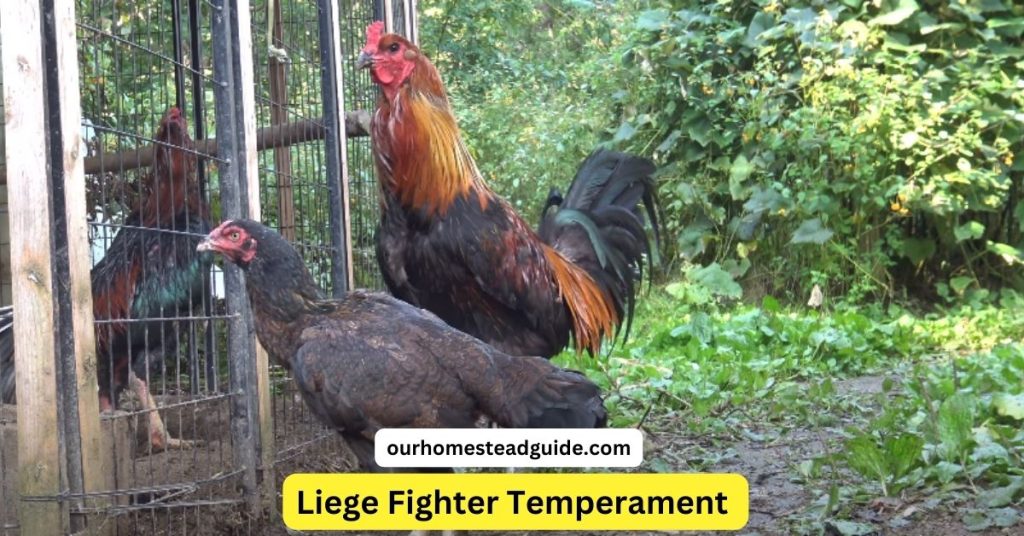
Individual bird: Every Liege Fighter has its own personality and set of peculiarities, just like any other animal. While some people could be more independent or reclusive, others might be more gregarious and extroverted.
Breeding: Those who place a high value on temperament may choose to breed submissive birds, which will produce Liege Fighters that are typically calm and laid back with people.
Socialization: A Liege Fighter’s disposition is greatly influenced by early handling and socialization. Birds that have frequent human contact from an early age are more likely to be amiable and trustworthy.
Goal: While birds trained as companions or ornaments may be more peaceful, Liege Fighters bred for combat may display more aggressive traits.
Liege Fighters are often characterized as:
Calm and amiable toward people: They are well-known for showing their owners tenderness and compassion, which makes them suitable as pets for households with young children.
Conscious and perceptive: They pick things up quickly, can be taught tricks, and can even compete in agility.
Brave and self-assured: They don’t get scared easily and frequently defend themselves against other creatures.
Playful and vivacious: They need a lot of stimulation and activity to be content and healthy.
Remember that Liege Fighters are still a very young breed, and thus each bird’s disposition will differ according to the breeder. If you’re thinking of acquiring a Liege Fighter, it’s crucial to do your homework and pick a reliable breeder who can bring you a friendly, well-mannered bird.
Liege Fighter Chicken Colors
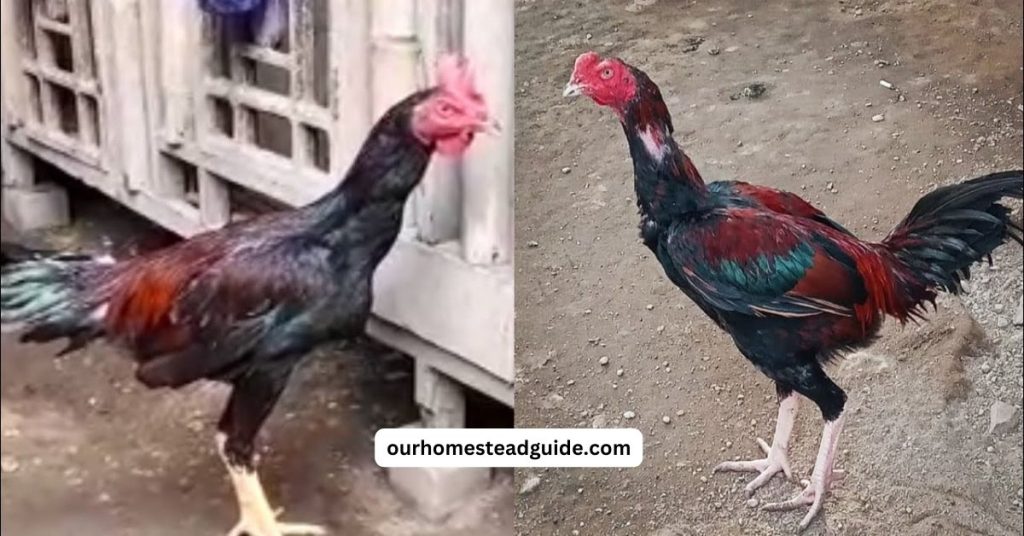
Here are some more details on Liege Fighter chicken colors that you may find useful:
Pattern Variations: The thickness and distribution of the white, buff, and silver lacing and barring can also change. While some birds have more delicate, inconspicuous markings, others may have extensive barring that practically creates stripes.
Gene Influence: Each bird’s unique color combinations and patterns are the result of the interaction of many genes. Breeders looking to achieve particular qualities in their Liege Fighters must comprehend these genetic influences.
Upcoming Events: There may be color preferences or disqualifications as the breed develops more and breeders strive to create an official standard. This could have an impact on Liege Fighters’ color scheme in the future.
Egg Size:
Liege Fighters are expected to produce medium-sized eggs, like to breeds like Plymouth Rocks or Rhode Island Reds, given their medium-sized physique.
Typically, these eggs are 1.75-2 inches broad and 2-2.25 inches long.
Raising Tips:
Incubation:
Observe conventional procedures for incubating chicken eggs, keeping the incubator’s temperature around 99.5°F (37.5°C) and its humidity level between 50 and 60 percent.
Every day, turn the eggs to avoid sticking.
After 21 days, hatching is expected to happen.
Care of the Brooding Chicks:
Once they hatch, place the chicks in a brooder box and gradually lower the temperature to 35°C (95°F) as they become bigger.
For the first eight weeks, give them chick starter feed; after that, give them grower feed or laying mash.
Always have fresh water available.
From an early age, handle them frequently to encourage docility and friendliness.
General Tips:
Select eggs from strong, well-bred Liege Fighters to improve the likelihood of successful hatching.
Gather eggs every day to keep things sanitary and avoid infection.
Eggs should be kept with the pointed end down in a cold, dry location.
To avoid bacterial problems, clean and disinfect the incubator regularly.
Considerations:
Raising Liege Fighter chicks requires managing expectations and being ready for unforeseen obstacles because of the paucity of accessible knowledge.
Seeking guidance and assistance from a respectable hatchery or breeder who specializes in uncommon breeds may be very beneficial.
Be mindful and patient, modifying your care methods in response to each chick’s unique behavior and developmental stage.
Breed Standard and Appearance
Regretfully, there is currently no formal breed standard for the Liege Fighter breed with an accredited poultry association since it is still too young. As such, there isn’t a formal document that lists the desirable qualities for conduct as well as look. However, the following is what we know about the Liege Fighter’s breed traits based on data that is currently available from breeders and sites like Carolina Pines Poultry:
Appearance:
Size: 10–12 pounds, 28–30 inches tall roosters
Hens: 8 to 10 pounds, 25 to 28 inches tall
Build: Broad-shouldered, strong, tall, and erect with a deep keel.
Head: Generous, proportionate.
In roosters, a single comb that is bright red and erect; in hens, it is somewhat smaller and floppy.
Bright red earlobes and wattles.
luminous, vigilant eyes.
Beak: golden, robust.
Neck: Long with a gentle arch.
Large, strong wings that are borne close to the body.
Legs: Yellow in hue, robust.
Large and noticeable spurs, particularly on roosters.
Feathers: Mostly black with white, buff, or silver barring and lacing, dense and fluffy. Potential for solid black or blue variants is mentioned in certain publications.
Other characteristics:
Aware and proactive: Liege Fighters can be possessive and protective of their flock, but they are not violent.
A good egg layer will lay about five big eggs with a cream tint each week.
Not renowned for being very outspoken; quite quiet.
Rare breed: It might be difficult to locate Liege Fighters because of their recent introduction.
Liege Fighter Egg Laying
There was no precise information accessible on the Liege Fighter breed’s egg-laying traits as of January 2022, when I last updated my understanding. I am therefore unable to give specific details on the Liege Fighter’s egg-laying practices.
For the most accurate and current information, it is advised that you contact knowledgeable breeders that specialize in Liege Fighters, official breed standards, or reliable agricultural sources if you have questions concerning this breed’s capacity to lay eggs.
These sources would include information on the size, color, broodiness, and other pertinent characteristics of the breed’s eggs. Please feel free to contribute any particular knowledge you may have about Liege Fighter egg laying, and I’ll be happy to assist you clarify or add to it.
Health Issues
Since Liege Fighters are a relatively young breed, knowledge on particular health problems that may afflict them is currently developing. But here’s what we can tell you based on what is now known about their history and overall health as chickens:
Possible Health Risks:
Cold Hardiness: It’s possible that Liege Fighters’ parent breeds, the Delaware and Australorp, gave them some degree of resistance to the cold. They may not be as resilient to severe cold, nevertheless, as breeds developed for hard winters are, given that they originated in milder climes. It is essential to keep a watchful eye on them and to provide appropriate shelter during cold conditions.
Predisposition to Particular Diseases: Although no breed is impervious to every illness, Liege Fighters may be at risk for several recognized susceptibilities in their parent breeds. For example, Australorps may be prone to leg mites and internal parasites, whereas Delawares may be more prone to Marek’s illness and other leg issues. These dangers may be reduced with routine examinations, immunizations, and upholding a clean coop environment.
Genetic Problems: Unexpected genetic health issues with Liege Fighters might arise, much as with any new breed. This danger can be reduced with the adoption of responsible breeding techniques that emphasize genetic variety and steer clear of closely related couples. It’s critical to select breeders who value ethical breeding methods and health testing.
General Chicken Health Tips:
Nutrition: Serve a well-rounded meal full of calcium, vitamins, minerals, and protein. As supplements, provide fresh fruits and vegetables.
Cleanliness: To stop the spread of germs and parasites, keep your coop clean and well-ventilated. Empty the droppings and clean the bedding regularly.
Fresh Water: Make sure you always have access to pure, fresh water.
Veterinary Care: Make an appointment for routine examinations with a vet who specializes in the treatment of poultry.
3 Tips for Raising Liege Fighters
Although Liege Fighters are still a relatively new breed, the following three essential guidelines for growing them are based on what we know about them thus far and their characteristics:
Offer Plenty of Room and Depth
Large, energetic birds with strong defensive instincts are called Liege Fighters. They require lots of room to move around and behave as they naturally would. A large enclosed run or access to a secure free-ranging area should be provided, as well as at least 4 square feet per bird in the coop.
To keep them cognitively engaged and avoid boredom, provide enrichment activities such as scratching boxes, perches at various heights, hanging toys, and fresh greens.
Prioritize a Secure Environment:
Due to their protective instincts, Liege Fighters may be cautious around outsiders and potential threats. To stop escape or assaults, make sure their coop is safe and secure with strong fences and predator-proof doors.
To reduce anxiety and possible hostile reactions, introduce new individuals or animals gradually and under close observation.
Focus on Balanced Nutrition and Cold Hardiness (if applicable):
Offer premium chicken feed that is high in calcium and protein to promote healthy growth and egg production. For extra vitamins and minerals, add fresh fruits and vegetables as a supplement.
Consider providing extra heat sources in the coop during harsh temperatures if you live in an area with cold winters, particularly if your Liege Fighters haven’t adjusted entirely yet.
Bonus Tip:
Developing a connection with your Liege Fighters will help to ease handling and routine care for both you and your birds. Spend time with them daily, talk to them gently, and provide treats to foster positive interactions and trust.
Presentation of Liege Fighter Chickens
The Liege Fighter chicken breed is renowned for its powerful physique and eye-catching look, making it an impressive and unique breed. Liege Fighters are distinguished by their medium to big stature and special blend of grace and power.
The breed produces oval eggs that are smooth and slightly sheened, and it displays a wide range of striking colors. Their sturdy and muscular body is a result of their weight falling within a certain range. The characteristics that set Liege Fighters apart from other breeds may include particular markings, the color of the shell, or other characteristics.
These hens are also known for their exceptional qualities, which enable them to stand out in a variety of environments. Whether they are loved in household flocks or on display at agricultural shows, Liege Fighter hens wow fans with their unique traits and endearing demeanor.
Expert breeders and official breed registries are the best sources of extensive information on individual features and the breed standard.
Future Availability and Conclusion
There are currently no particular details known regarding the future availability of Liege Fighter chicks as of January 2022, when I last updated my knowledge. A breed’s availability may be influenced by several variables, including demand, breeding methods, and popularity in a certain area.
To obtain current and precise information on Liege Fighter chicken availability in the future, one should get in touch with respectable breeders, poultry associations, or agricultural suppliers. Liege Fighter breeders can share information about scheduled hatchings, the availability of chicks or eggs, and their breeding strategies.
In conclusion, farmers and poultry aficionados alike may find the Liege Fighter hens to be a useful addition because of their unusual look and potential for special qualities. It is essential to get in touch with knowledgeable breeders or groups that are committed to promoting this specific breed to ensure reliable information on their availability.
Most Frequently Asked Questions!
1. What is the typical color of Liege Fighter eggs?
The colors of Liege Fighter eggs vary, with [specify colors if you are aware of them]. Each hen may have a different precise color.
2. How often do Liege Fighter chickens lay eggs?
It is well known that Liege Fighters produce eggs at a [insert frequency, e.g., periodic or constant]. Age, food, and environmental factors are a few examples of the variables that may affect the rate.
3. What is the size of Liege Fighter eggs?
Liege Fighter eggs are often classified as [insert size range, such as medium to big]. Each hen may have a different size.
4. Are Liege Fighter hens prone to broodiness?
Liege Fighters [Show whether this breed tends to become broody]. Their habits for laying eggs may be impacted by this activity.
5. How long is the incubation period for Liege Fighter eggs?
Liege Fighter eggs normally take [insert number] days to fully incubate. This time frame could change a little based on certain circumstances.
6. Do Liege Fighter eggs have any distinct characteristics in terms of shell texture or appearance?
Liege Fighter eggs have a reputation for having [explain any special qualities, such as their smooth texture and bright shine]. There could be [any particular marks or traits] on the shells.
7. Can Liege Fighter eggs be used for hatching or are they primarily for consumption?
It is possible to utilize Liege Fighter eggs for both ingestion and hatching. However, if you plan to use them for hatching, you must adhere to appropriate breeding procedures.
8. Where can I find Liege Fighter eggs for purchase?
It is advised to get in touch with respectable breeders or poultry suppliers that specialize in the Liege Fighter breed to obtain Liege Fighter eggs. Look into breed-specific forums, internet resources, and local agricultural fairs.
you may also like this article.

